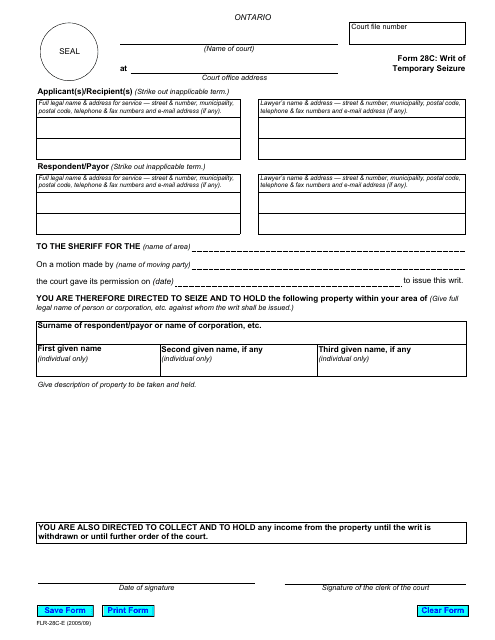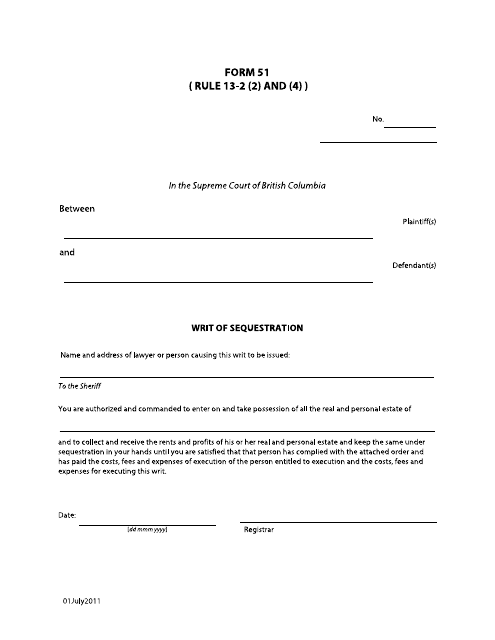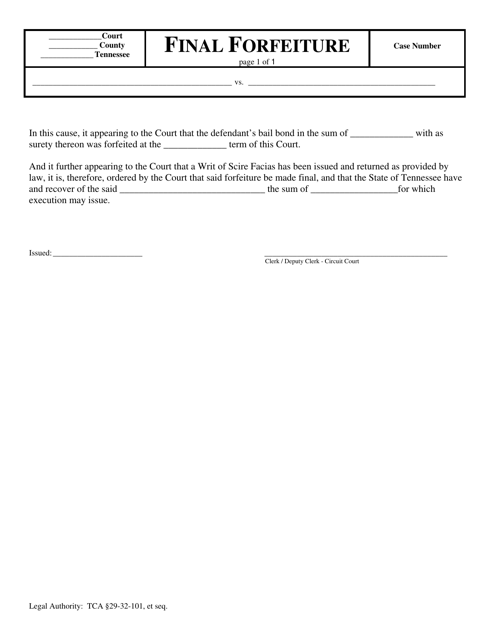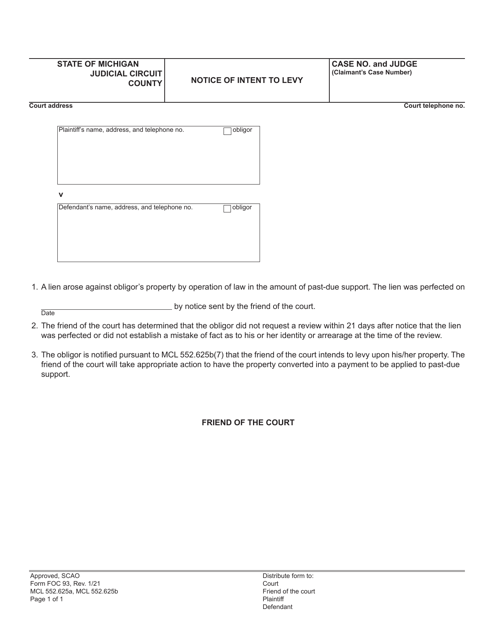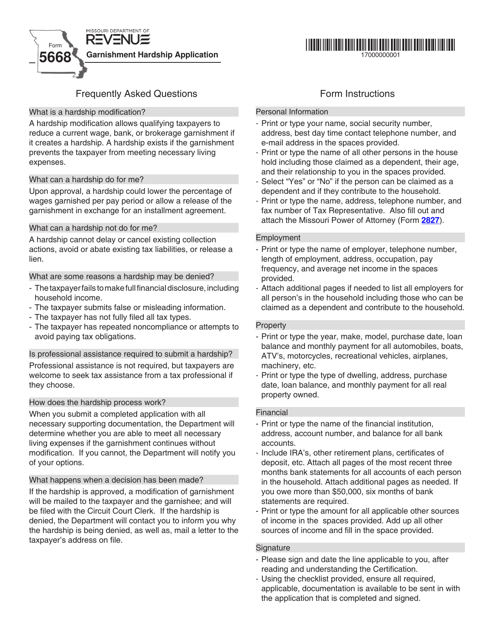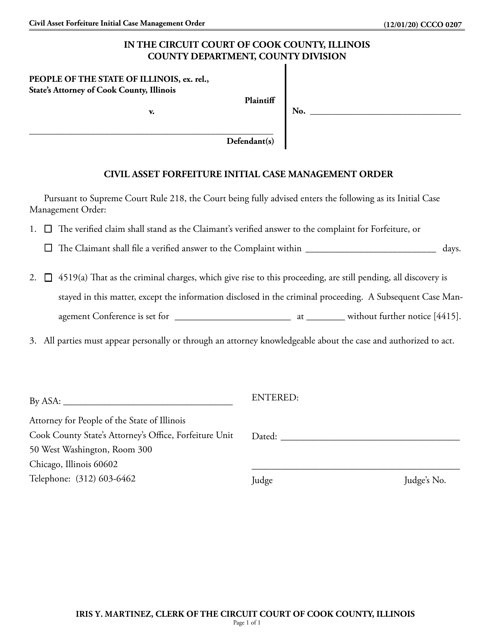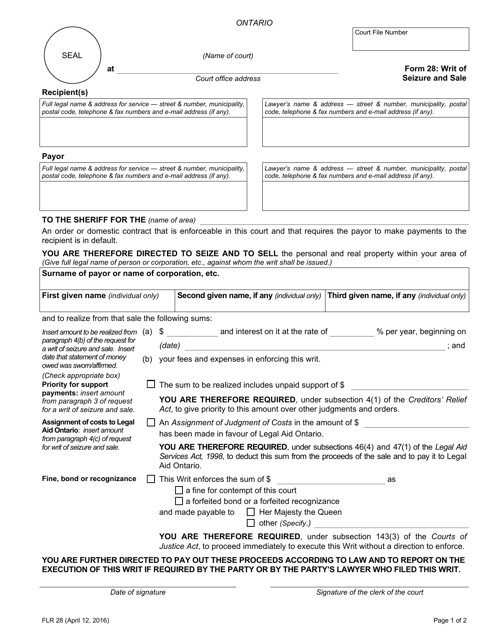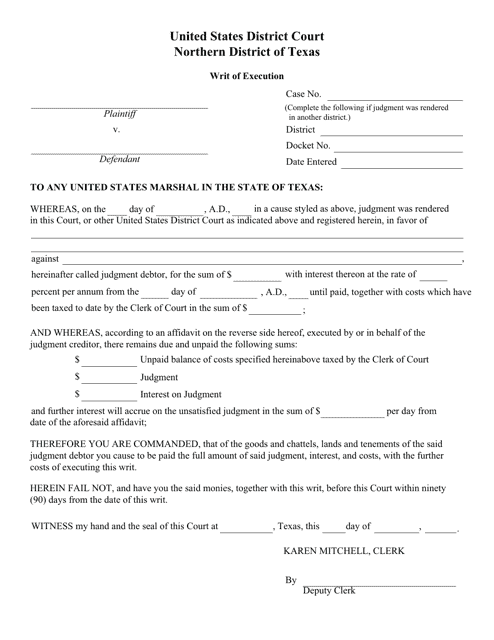Asset Seizure Templates
Asset seizure is a legal process that allows authorities to confiscate assets, such as money, property, or vehicles, from individuals or organizations involved in illegal activities. This document collection provides information on asset seizure procedures, including forms and court orders related to temporary and final asset seizures. Discover the necessary steps and requirements to initiate an asset seizure, prevent the dissipation of assets, and ensure the rightful parties are compensated. Explore our extensive collection of documents, including writs of temporary seizure, final forfeiture orders, and writs of execution from various jurisdictions across the United States and Canada. Learn about the specific regulations and guidelines governing asset seizure in your region and stay informed on the latest developments in this legal field. With our comprehensive asset seizure document collection, you can confidently navigate the complex process of asset confiscation and protection of legal rights. .
Documents:
10
This document is used for obtaining a court order to temporarily seize property in Ontario, Canada.
This form is used for requesting a writ of sequestration in British Columbia, Canada. Sequestration is a legal process where property is seizure or held by a neutral third party to satisfy a judgment.
This document refers to the final forfeiture process in Tennessee. It is used when property or assets are seized and permanently taken away by the state.
This Form is used for obtaining a writ of execution in Vermont. A writ of execution is a court order that enables the collection of a judgment by seizing and selling the debtor's property.
This form is used to order the seizure of a motorcycle in the state of Michigan.
This form is used for applying for a hardship exemption from garnishment in the state of Missouri.
This Form is used for the initial case management in civil asset forfeiture cases in Cook County, Illinois.
This form is used for obtaining a writ of seizure and sale in Ontario, Canada. It is used when a creditor wants to enforce a judgment by seizing and selling the debtor's property.
This document is used in Texas to enforce a court judgment by allowing the seizure of the debtor's property or assets. It is typically issued by a court to a sheriff or constable.

